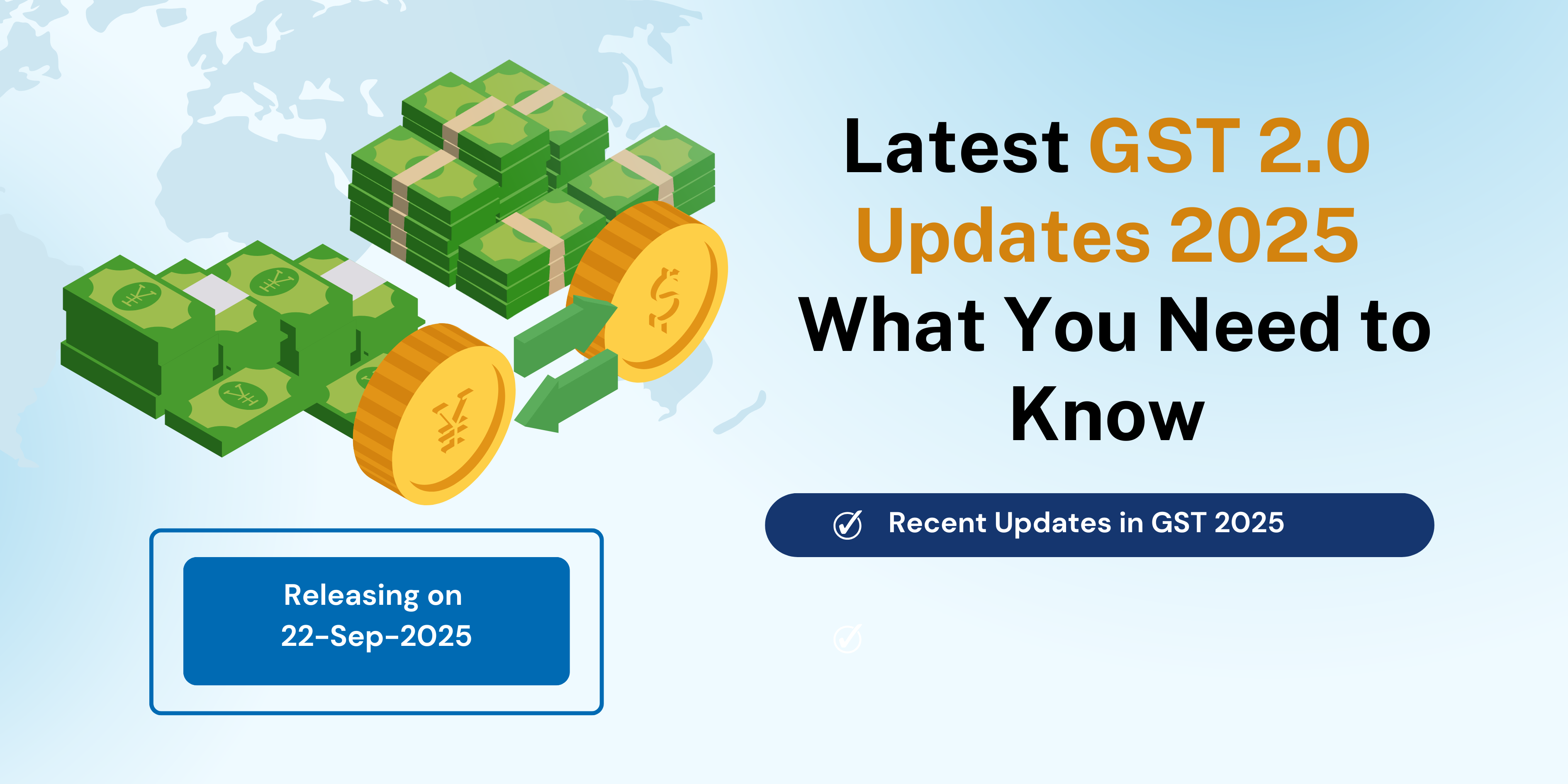
The Goods and Services Tax (GST) system is evolving. Recent 2025 updates in GST 2.0 have introduced significant changes. These changes aim to streamline tax processes and enhance compliance.
GST 2.0 is the latest version of this tax framework. It brings new amendments and notifications that impact businesses and taxpayers alike. Understanding these updates is crucial for staying compliant.
This article will guide you through the latest GST updates. We will explore key amendments, new rules, and their implications. Whether you’re a business owner or a tax professional, this information is vital.
Stay informed about the GST release date and implementation timeline. Learn how these changes affect different sectors and what you need to do.
Overview of GST 2.0 and Its Significance
GST 2.0 represents a significant leap forward in India’s tax landscape. This updated framework aims to simplify tax procedures and ensure greater transparency. Enhanced compliance measures are designed to benefit both businesses and the government.
The significance of GST 2.0 extends beyond just procedural changes. It introduces user-friendly portals that improve the ease of filing taxes. These features aim to reduce administrative burdens and foster a more efficient tax environment.
For businesses, GST 2.0 offers new opportunities to streamline operations. By simplifying tax calculations, companies can allocate resources more effectively. Ultimately, this update lays the groundwork for a more robust economic system in India.
Recent Updates in GST 2025: Key Amendments and Notifications
In recent months, several important amendments in GST have been introduced. These changes aim to align the tax system with current business needs. Multiple notifications have been issued to guide the transition smoothly.
Key areas of amendment include tax rates and compliance mechanisms. Adjustments in tax slabs intend to balance government revenue with business stability. Such strategic updates can impact different sectors uniquely.
Notifications issued recently focus on easing compliance for small and medium enterprises. Businesses are encouraged to stay informed to minimize disruptions. This proactive approach can prevent potential compliance issues later.
A summary of recent GST notifications:
- Revised tax rates on specific products.
- Updated rules for input tax credit claims.
- New compliance requirements for SMEs.
- Notifications on simplified return filing processes.
Keeping abreast of these updates is crucial for businesses. Adapting to these changes promptly ensures alignment with the latest regulations, maintaining operational efficiency.
Old vs. New GST Rates Regime – Summary Table
| Category / Item | Old GST Rate(s) | New GST Rate | Impact Summary |
| Essentials (e.g., milk, medicine, food) | 12%–18% (some exempt) | 5% or 0% (some) | Lower consumer cost |
| Personal care items | 12%–18% | 5% | More affordable hygiene |
| Life & health insurance | 18% | 0% (GST-exempt) | Higher reach, lower premiums |
| Electronics & appliances (AC, TV, etc.) | 28% | 18% | Boost in demand/value for money |
| Autos & small vehicles | 28% / 50%+ (with cess) | 18% (mid/luxury at 40%) | Better affordability for most, luxury taxed |
| Cement, construction materials | 28% | 18% | Lower construction costs |
| Hotel rooms up to ₹7,500 | 12% (with ITC) | 5% (without ITC) | Cheaper stays, input credit waiver |
| Salon/fitness services | 18% (with ITC) | 5% (without ITC) | Cheaper services, simpler billing |
| Premium apparel (>₹2,500) | 12% | 18% | Higher cost segment |
| Tobacco & sin goods | 28% + cess | 40% (no cess) | Higher consolidated tax burden |
Latest Changes in GST Rules and Their Impact
The latest changes in GST rules introduce a slew of important modifications. These updates aim to streamline tax procedures and enhance compliance among taxpayers. Understanding these changes is crucial for smooth operations.
Some of the key changes focus on simplifying return filing processes. This simplification aids small and medium enterprises (SMEs) in reducing the burdens of compliance. Such steps make it easier for businesses to meet tax obligations.
Tax exemptions and rate revisions are prominent in the new rules. These alterations seek to provide relief to specific sectors, encouraging growth and competitiveness. Stakeholders must familiarize themselves with these modifications to leverage potential benefits.
Key changes include:
- Simplification of return filing
- Revised tax rates
- New exemptions for certain sectors
By adapting to these new GST rules, businesses can maintain compliance and optimize tax savings. This proactive approach mitigates risk and fosters growth opportunities.
Sector-Wise Analysis: How the New GST Slabs Affect Industries
Recent GST changes bring distinct impacts across various industries. Each sector experiences unique challenges and advantages due to these modifications. Understanding sector-specific effects is vital for strategic planning.
For the manufacturing sector, new exemptions and revised rates enhance competitiveness. These changes make products more affordable. This stimulates demand and boosts sector performance significantly.
The service industry, however, faces both opportunities and hurdles with the new GST updates. Adjustments in compliance requirements may increase administrative tasks but offer long-term efficiency gains.
Key sector impacts include:
- Manufacturing: Enhanced competitiveness and demand
- Services: Increased administration but potential efficiency
- Retail: Price adjustments and compliance changes
By assessing these impacts, businesses can devise effective strategies. This helps navigate the evolving tax landscape successfully.
New GST Slab Notifications: What Taxpayers Need to Know
Recent GST notifications provide critical updates that taxpayers must understand. Staying informed is essential for compliance and efficient tax management. These notifications often indicate regulatory shifts and deadlines.
Taxpayers should prioritize examining new compliance requirements. Ignoring these could lead to penalties or missed benefits. Diligent review and action on notifications ensure smooth tax processes.
Key points from recent notifications include:
- Changes in return filing schedules
- New compliance obligations
- Revised tax rate notifications
By comprehending these updates, taxpayers can adapt and maintain smooth operations. Consistently reviewing notifications aids in mitigating potential risks and optimizing tax benefits.
Service Tax Number Search and GST Integration
The integration of service tax numbers with GST has simplified tax processes significantly. This integration streamlines tracking and compliance for businesses. Additionally, it reduces the administrative burden on taxpayers by consolidating multiple tax identifiers.
To search for a service tax number in the GST system, businesses can use the online GST portal. This ensures accurate and up-to-date information is available for compliance checks. Understanding this integration helps businesses maintain clear records and improve their tax filing accuracy.
Practical Tips for Adapting to New GST Changes
Staying informed about new GST slab changes is crucial for compliance. Businesses should regularly review government notifications and updates.
Here’s how to adapt efficiently:
- Subscribe to official GST newsletters.
- Attend workshops or webinars on the latest GST amendments.
- Use accounting software that updates with new GST rules automatically.
Consistent learning ensures smooth adaptation to any new regulations.
Expert Opinions and Case Studies
Experts suggest that the recent GST updates are aimed at simplifying compliance. They emphasize the importance of understanding these changes to avoid penalties.
Case studies reveal that industries adopting these practices early benefit the most. Proactive adaptation to new GST rate amendments can lead to smoother operations and better financial planning.
Frequently Asked Questions (FAQs) on Latest GST Updates
Common questions often arise with the new GST changes. Here are some frequently asked questions:
Q1. What is the new GST release date?
The new GST rates under GST 2.0 will be implemented from September 22, 2025.
Q2. How do the latest GST amendments affect tax rates?
The amendments simplify GST into two main slabs—5% for essentials, 18% for standard goods and services, and 40% for luxury/sin items—making taxation clearer and more consumer-friendly.
Q3. What sectors are most impacted by these GST updates?
FMCG, healthcare, hospitality, automobiles, and consumer durables benefit from lower rates, while luxury goods, apparel above ₹2,500, and sin industries face higher taxes.
Q4. Where can I find the latest GST notifications?
The latest GST circulars and notifications are available on the official CBIC website (cbic.gov.in) and updates from the Ministry of Finance, Government of India.
Q5. How to ensure compliance with the recent GST changes?
Businesses should update billing systems, revise pricing, review Input Tax Credit eligibility, and follow CBIC notifications to stay compliant.
Conclusion and Resources for Staying Updated
Staying informed about the latest GST developments is crucial. Changes can significantly impact your business processes. Make it a priority to keep track of the GST announcements and amendments.
For further updates, consult reliable sources regularly. Here are some useful resources:
- Official GST portal
- Industry newsletters
- Financial news websites
- Tax consultancy services
- Government press releases
By leveraging these resources, you can ensure compliance and adapt effectively to any changes in GST regulations. Keeping informed helps mitigate risks and maximize opportunities under the current tax system.


